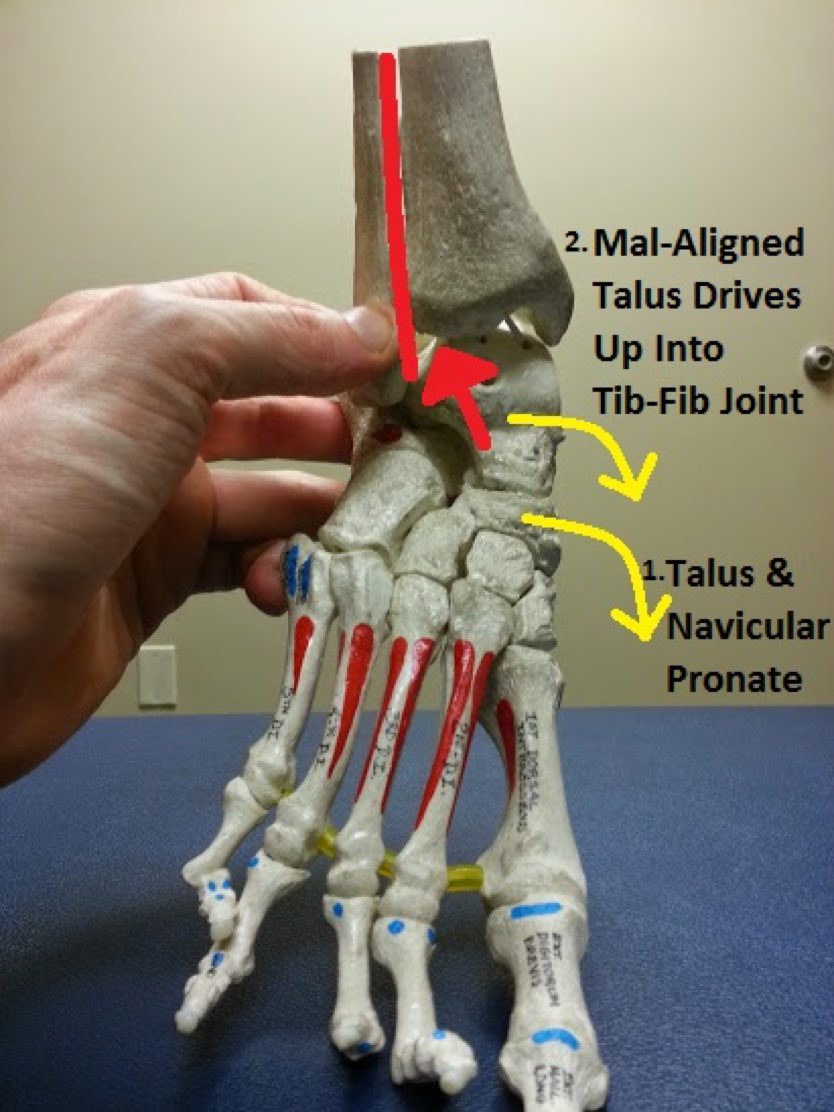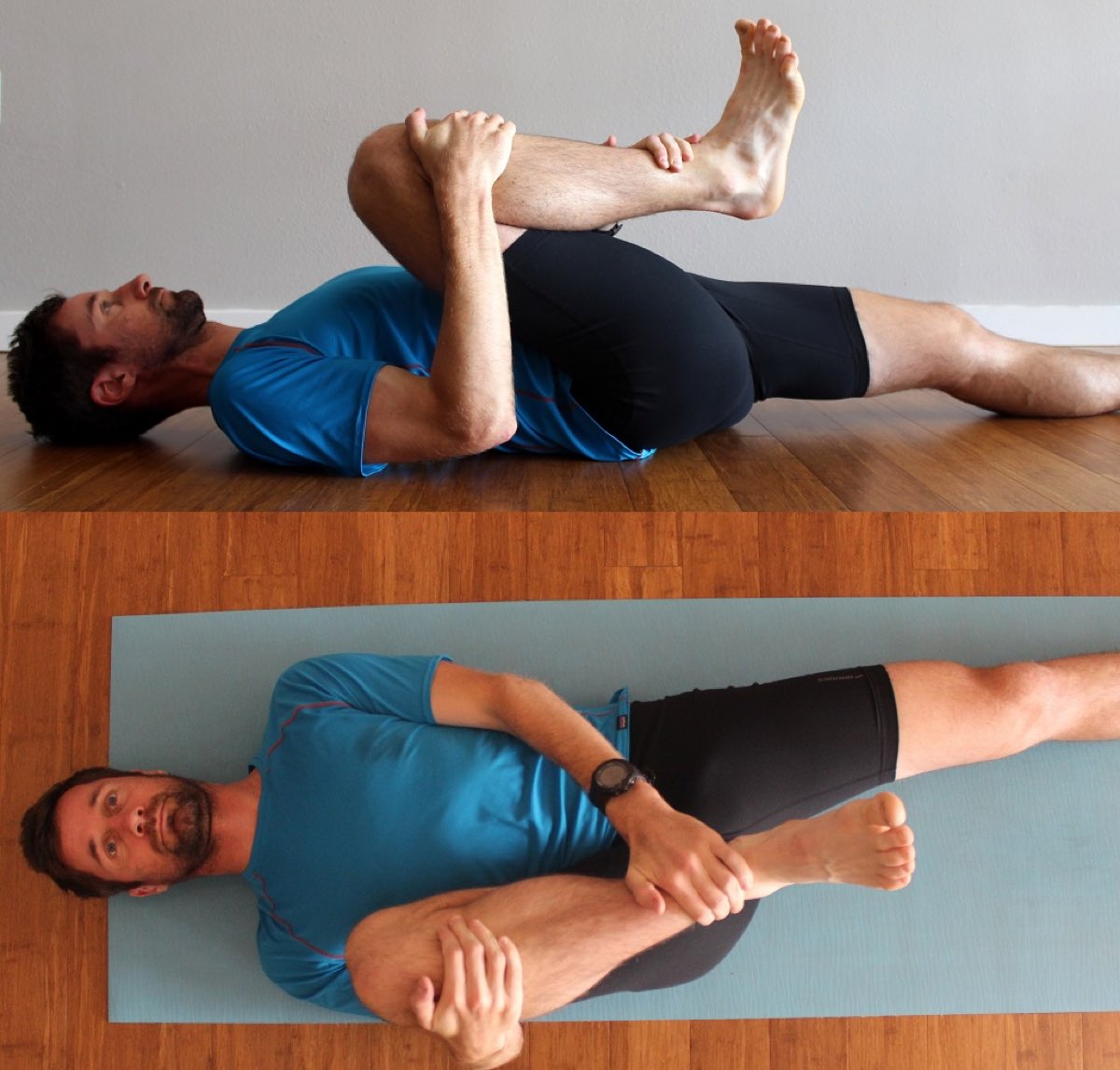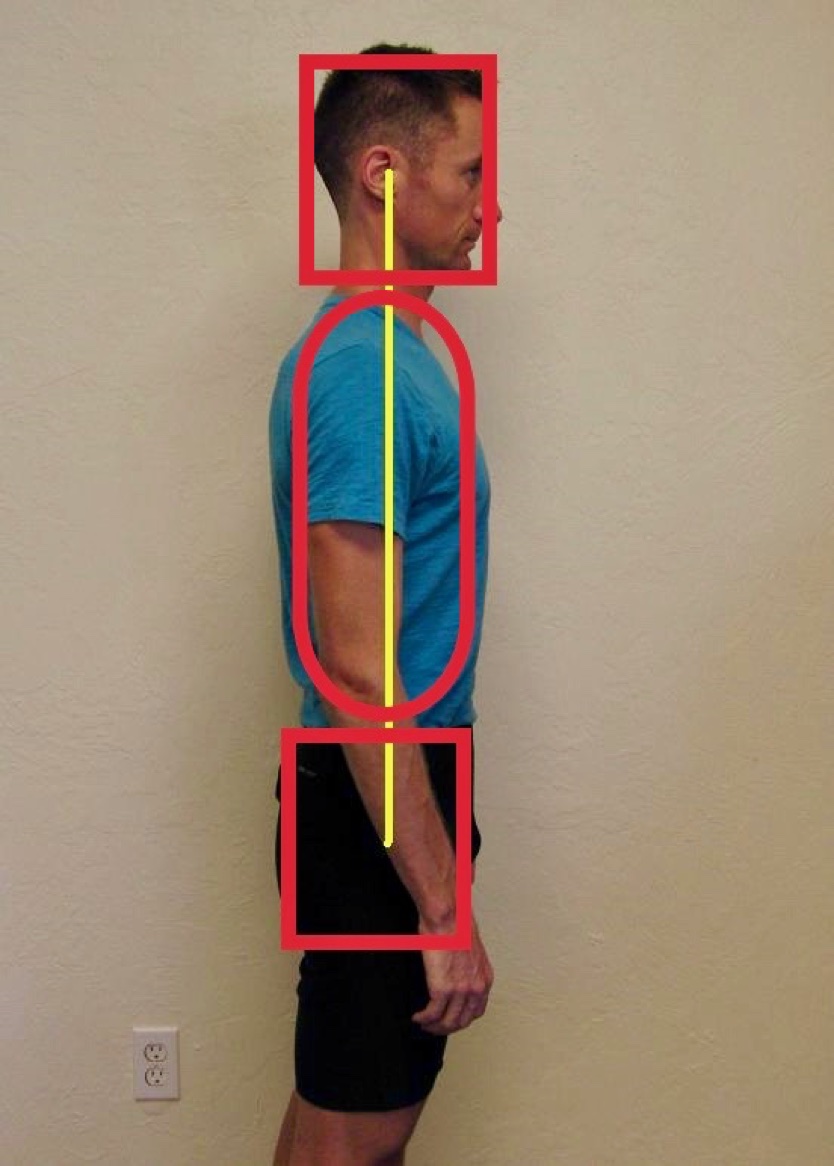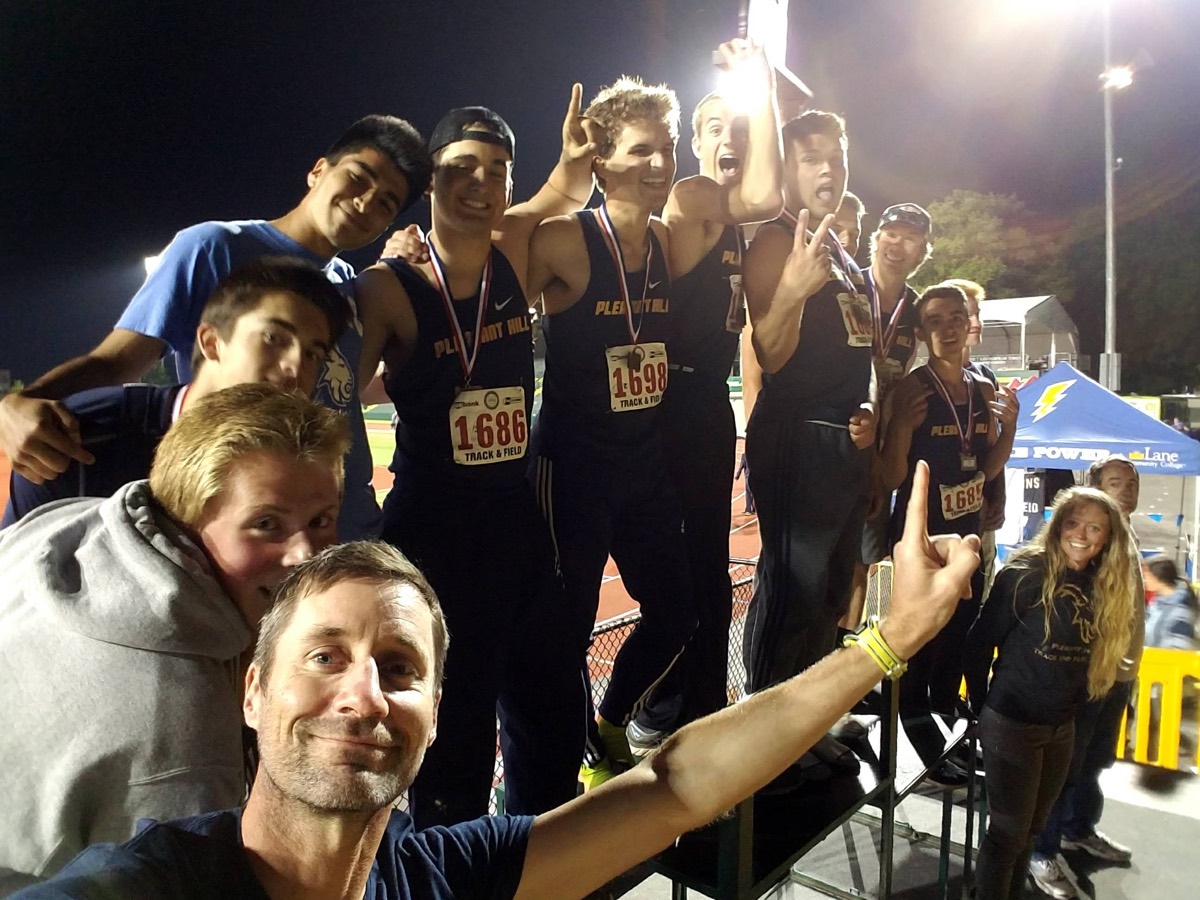“Write to learn, not to teach.” -Naval Ravikant
I’ve been penning this monthly column since March of 2012, and we’ve just cracked the 100-article mark! In ultramarathons, 100 is a special number. It’s the same for this “Stay the Course” column.
Reflecting back on eight-plus years and 100-plus articles was like reading a dusty, old journal from your younger years. What was I thinking about back then? Do these ideas still have relevance and accuracy? As I paged through the electronic stack, I realized why I have cherished writing for you on iRunFar all these years. While we’ve hopefully helped many of you run better, “Stay the Course” has also helped me understand my personal and professional running experiences. Through writing, I too have learned.
This month, we celebrate those 100 articles! We look at the hits, the misses, the hidden gems, and the top-end resources that might make your time on the trails and roads more enjoyable.
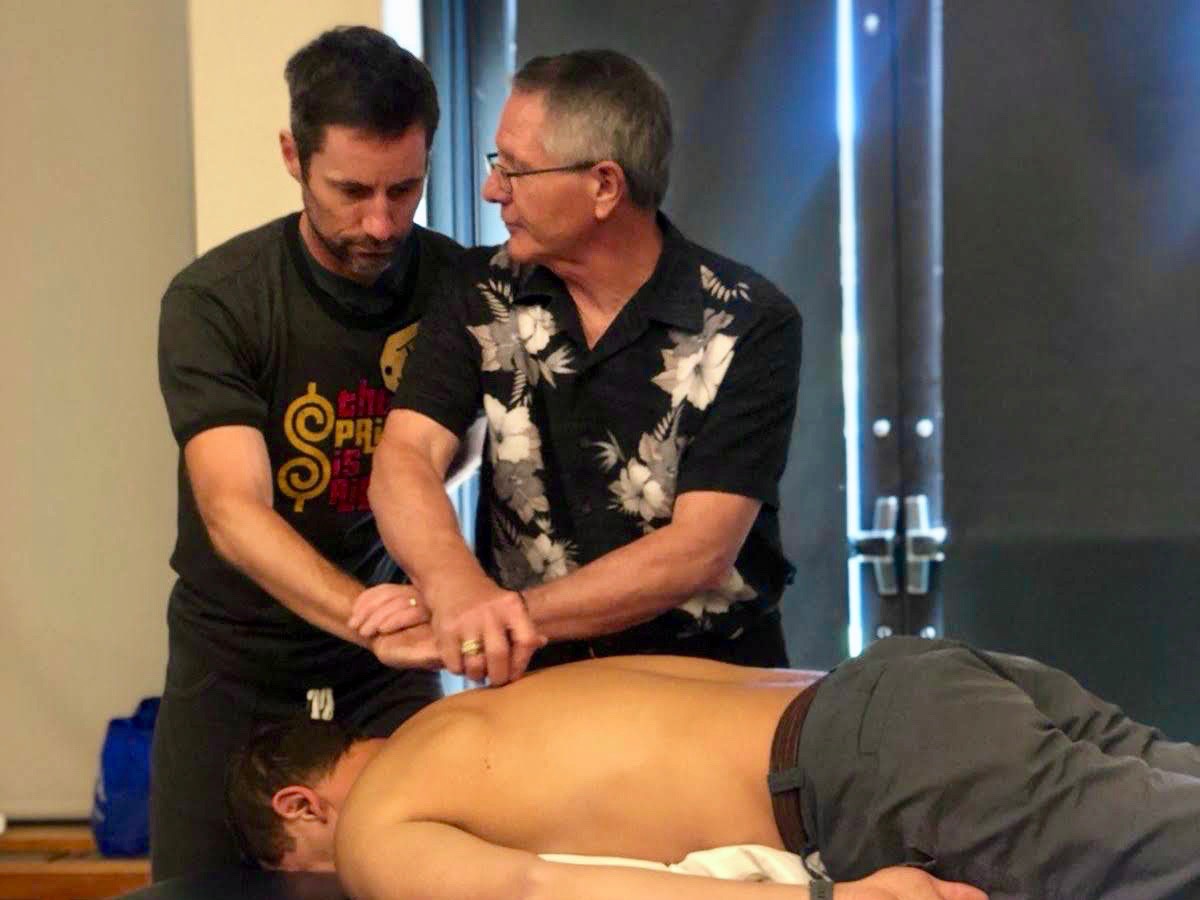
The author Joe Uhan (left) at a manual-therapy certification class in 2019. All images courtesy of Joe Uhan.
Most Discussed Columns
Waterlogged: A Dogma-Shattering Book? (July, 2012)
We used to drink a lot of water and sport drink when we ran. This was a misguided concept, and Tim Noakes’s book Waterlogged: The Serious Problem of Overhydration in Endurance Sports helped our community reset our understanding of healthy hydration. Combined with impactful research by the Western States Foundation, its findings helped reshape both race policy (including electrolyte supplementation, in-race weight, and hydration guidelines) and runner behavior. The book generated a lot of buzz and this article, a review of the book, did so too.
Cramping My Style (July, 2013)
Similarly impactful was this article on cramping which expanded on Noakes’s research summary and outlined the multi-factorial basis for exercise-induced cramping. Note that, in the years since, Corrine Malcolm’s 2018 piece has further expanded on and summarized new developments in our understanding of the subject.
What if Your Heel Pain Isn’t Plantar Fasciitis and What to Do About It (October, 2012)
The piece on plantar foot pain was one of “Stay the Course’s” earliest hits. All these years later, it continues to strike a chord with a lot of runners, many of whom have seemingly experienced foot pain that isn’t necessarily plantar fasciitis.
Six Signs Your Running Injury is Nerve Pain (August, 2017)
This is by far the article upon which I get the most consistent, year-round comments. Runners exist in a sports-medicine paradigm where only muscles, tendons, and bones are the only tissues addressed as potential sources of pain and places of injury. But pain and dysfunction go beyond these tissues, and nerve tissue is a chief pain producer among them all. This article outlines the characteristics of nerve pain and endeavors to help runners determine if their pain–especially an injury that has failed to improve–might be neurogenic.
Most Helpful Columns You Probably Haven’t Read
Surviving Your First Hundred, Part 1: Preparation (April, 2012) and Surviving Your First Hundred, Part 2: Execution (June, 2012)
Popular doesn’t always mean best. A few favorite pieces have received relatively few page views and comments, including this two-part series on surviving your first 100 miler. I enjoyed applying the brilliant concepts of Laurence Gonzales’s book Deep Survival to a formidable ultra-trail challenge: the 100 miler. These pieces–and the book–hit close to home for me as they got me through my first Western States 100, and they are resources I share with coaching clients tackling the distance for the first time.
The Fall Guy: The Long-Term Treatment of Trail Running Trauma (November, 2012)
The occasional trip, fall, or other miscellaneous wipeout is a common risk and reality of the trail running experience. Before becoming an orthopedic physiotherapist, I used to think that trauma resulted in a short- or medium-term bruise, ache, or pain that would over time subside and heal. But through training and practice, I began to realize the long-term consequences of trauma. Range-of-motion restrictions, neuromuscular inhibition, and motor-control changes all arise from even a minor fall and impact, and these disruptions can reverberate through the system and gradually cause greater performance and pain issues. This article endeavors to help runners treat out lingering dysfunction from falls.
Joe Uhan’s Three C’s for Peak Performance (October, 2018)
I really enjoyed writing this piece about racing dynamics. This article comes from coaching cross country over the last two decades, where nearly every runner goes out way too fast and fades at the end. Some clever wording resulted in Uhan’s three c’s for balanced racing: composure (early), confidence (in the middle, as things get difficult), and compete (turn away from the pain and run with and against others through the finish).
Useful Topics Seldom Discussed Elsewhere
It’s Not About the Tibialis Anterior: High Ankle Sprains in Mountain Ultrarunners (May, 2014)
I am privileged to have this platform to present and expand upon new ideas, some of which are seldom addressed in mainstream running-sports-injury media. A few favorites in this category include this article on high ankle sprains. While most high ankle sprains are traumatic and related to contact sports, we find similar forces in trail and ultrarunning as we pound down thousands of vertical feet of mountain! What is often mistaken as anterior shin splits, high ankle pathology can occur from inefficient loading of the foot and ankle that drives apart the distal tibial-fibular joint. This leads to pain and stiffness in trail runners that can be very difficult to accurately diagnose but once identified easy to treat and relieve.
Elite Feet: Strong Strides Start at the Foot (May, 2015)
Foot strike arguably gets discussed more than anything in running mechanics and injury. Yet very few discussions outline the importance of where on the foot we need to land and push off, and how the rest of the system–namely the knees and hips–combines to create an efficient and powerful stride. This piece offers that connection.
Painting Bridges: Chemical Stress in a Running Injury (December, 2017)
Chemical stress is rarely addressed but looms as large any other factor in running-injury incidence and recovery. As the sports-medicine community tends to overemphasize “load,” they ironically fail to address the type of load (intensity) and the other (non-running) loads placed upon the body that greatly impact tissue sensitivity and integrity.
Columns I’d Like to Re-Write
Going Wide: The Role of Stride Width in Running Injury and Economy (March, 2013)
I am motivated to revise two past columns. This article on stride width, or where the foot should land when we run, was and still is fascinating. Back in 2013, I had a rudimentary understanding of stride width and the complex process that led to it. I now understand a bit more, and so here’s a short (and probably still incomplete) list of the factors impacting stride width in descending order of impact:
- Contralateral leg push-off;
- Trunk and pelvic stability;
- Ipsilateral foot loading (ability to load on the medial arch);
- Ipsilateral knee loading (ability to align the knee on the second/third toes without buckling in);
- Arm swing; and
- Actual foot placement (thinking about where the foot lands).
Arm Swing: The Canary in the Coal Mine (May, 2013)
Arm swing is similar to foot strike in that it’s easy to see and control, but effortless efficiency–controlling them without excessive conscious effort–is a lot more difficult to achieve. While I correctly emphasized the key role of the scapula as the driver of efficient swing in this article, I regret not recognizing the active role that arm-swing efficiency has on:
- Trunk stability and efficiency (the arms counterbalance the legs to help us achieve this); and
- Transverse plane efficiency (the arms promote efficiency in the transverse plane).
If You Read One Column on What to Stretch
Performance Mobility: Introduction and Hip Mobility (January, 2017)
“What should I stretch?” is one of the most common questions that invested runners who are hoping to get or stay healthy and otherwise improve ask me. For a long time, this simple question seemed to have very complicated and nuanced answers. Until I realized a few years ago that the answer is quite simply, “Whatever needs to be stretched!”
This idea became the basis for the Performance Mobility article series which outlined mobility metrics and self-assessment for runners. These tools show us the basic movements we need to have to run healthfully, how to find out if we have them, and how to get them if we don’t.
If You Read Three Columns on What to Strengthen
- Trail Stability with the Short And Long Exercise (October, 2015)
- The Diagonal Chop Exercise for Deep Abdominal Activation (October, 2017)
- If You Can’t Do This Exercise, You Will Get Hurt: Hip Stability and Alignment for Trail Runners (April, 2016)
There are so many running-specific strength exercises out there. The problem in selecting what to do lies in how it directly impacts how we run. What separates a decent exercise versus a great exercise is the same that differentiates a well-fitted technical jacket versus a plastic trash bag. They both provide coverage and protection, but one has more specific utility and fits better.
The first two exercises, addressing hips and abdominals, are the two halves of the fundamental flexion-extension pattern of running. As foundational as they are, both the Short and Long and the Diagonal Chop Exercises:
- Were created by me (adapted from neuromuscular patterns taught by the Institute of Physical Art);
- Are unique to any other established running core and hip exercise; and
- Are specific to the precise running pattern.
They are staples for my clinical, coaching, and running careers for going on a decade. And, they’re not just exercises, they activate the deep abdominals and glutes. Simply doing these two exercises and getting those muscle groups to fire is the most effective strengthening any runner can do.
So, what follows? The exercise that puts it all together in the most specific way is the Ice Skater Exercise. While naming an impactful running exercise after another sport is ironic, the skating moniker identifies a key lateral action of the running pattern that is performed in efficient running.
If You Read One Column on Efficient Running Form
Posture First: How Alignment Affects Our Running (November, 2018)
While running efficiency encompasses many factors, the most important factor is posture. Position and alignment of the trunk and pelvis is the true foundation of fast and healthy running. Efficiency here allows for automatically fluid and powerful motion in the arms and legs. As such, establishing and maintaining posture efficiency must come first.
If You Read Three Columns on Running Injuries
Anatomy of a Running Injury, Part 2 (March, 2012)
Effective injury treatment and prevention begins with a solid understanding of why injuries occur. In conventional sports medicine, the common belief is that running injuries occur simply because a person runs too much. However, as important as load is to running injury, it is far from the only factor. This article outlined three other dimensions of healthy function: mechanical, neuromuscular, and motor control. In the ensuing years, I evolved that list to these four factors:
- Mobility;
- Strength/Stability;
- Efficiency; and
- Pacing (Tissue Tolerance).
Now eight years later, the running and sports-medicine community still lags behind in their understanding of these dynamics. But runners who recognize the four dimensions will effectively treat and prevent injuries far better than those who ascribe to the “run less” paradigm. Nearly every “Stay the Course” column fits into one of these four fundamentals.
The Economics of Injury Recovery (February, 2016)
What if you become injured? This article on the economics of injury sheds light on the variability of tissue tolerance or how, at times, we can seemingly run hundreds of miles without pain, and then one false step later we can’t run a single one. Using an economics analogy, we learn how this is possible and how to navigate a prudent, progressive return to running.
The Efficiency Rule (January, 2019)
The Efficiency Rule puts it all together and discusses the true origins of running injury: misplaced and malabsorbed energy that causes tissue overload. In this article we look at how that energy, when redirected efficiently, can make you faster. This is the true beauty of effective running sports-medicine treatment: any running-stride adjustment that sustainably relieves pain must also make you faster.
Magnum Opuses
- The Western States Killing Machine, Part One (June, 2014)
- The Western States Killing Machine, Part Two: The Marble in the Groove (June, 2014)
Many of “Stay the Course’s” articles have arisen from an impactful experience in my own running or professional experiences in the clinic. Sometimes they are triumphs, while other times they are struggles where I learn an important lesson. I have run Western States three times. I survived the first one, crushed my second, and blew it on the last. After that final experience, I wrote these articles on what makes Western States an alluring quest and horrifying death trap all in the same race.
I had a great deal of help with these pieces. I interviewed at least a dozen runners, many of them legends of the race and the sport. My favorite line of those interviews was from 14-time winner Ann Trason, “If you fight this course, it will eat you alive.”
If the first article was precautionary, then the second was visionary. The second article’s ideas come from the sacred few who consistently “tamed” Western States and is a tome of their collective wisdom. The second article represents the ultimate goal of any Western States runner, to have a transcendent spiritual and physical experience.
Final Thoughts
To both learn and share ideas as well as to give back to the sport have been the greatest gifts of writing “Stay the Course.” I’m not sure I thought I’d be at it for 100-plus months, but I’m grateful for that opportunity and the ability to continue.
A very special thanks goes to Bryon Powell, who first gave me a chance. Back in 2012, I believe I was their second-ever staff columnist after Andy Jones-Wilkins, who began his now-legendary “AJW’s Taproom” column several months before. While Bryon may be the front man, it has been Meghan Hicks at the editorial helm of the quirky and, at times, unwieldy vessel that is “Stay the Course.” Eternal thanks to them for the opportunity and support.
Finally, thank you to all of you. Without you, this column wouldn’t exist. Like that friend who knocks on your door for your pre-dawn run, your presence each month gets me “out the door” with these articles. Keep running, keep being challenged, keep inspired, and I’ll keep writing about it.
Call for Comments (from Meghan)
- What among “Stay the Course” has helped you the most in your running and overall health?
- How has your understanding of running and overall health changed in your years of reading “Stay the Course?”
- What would you like to learn more about in “Stay the Course’s” future?
